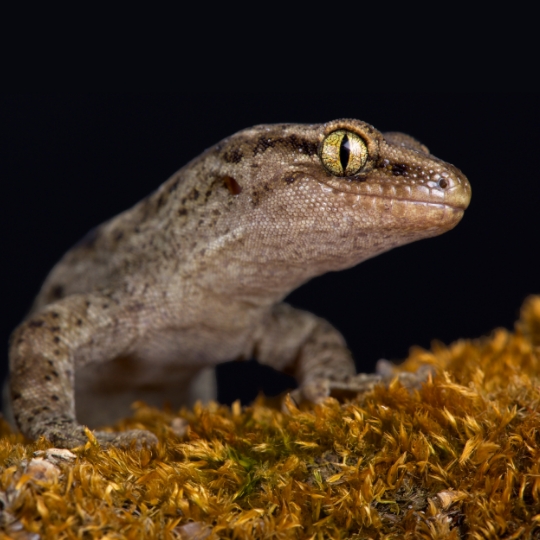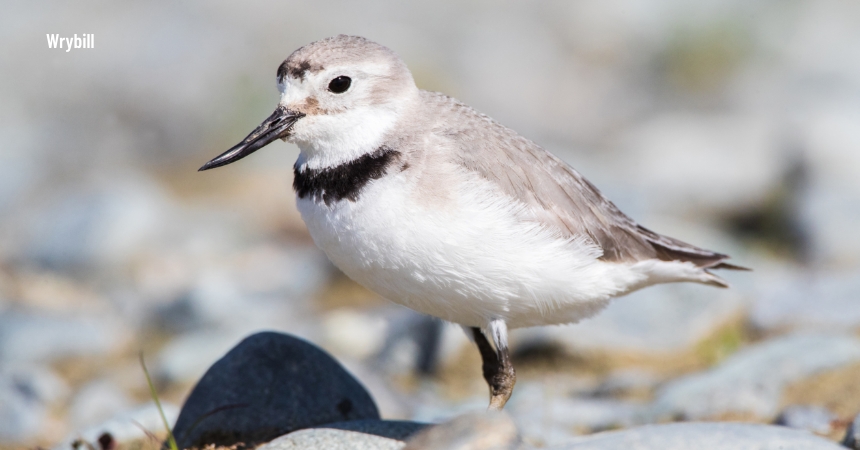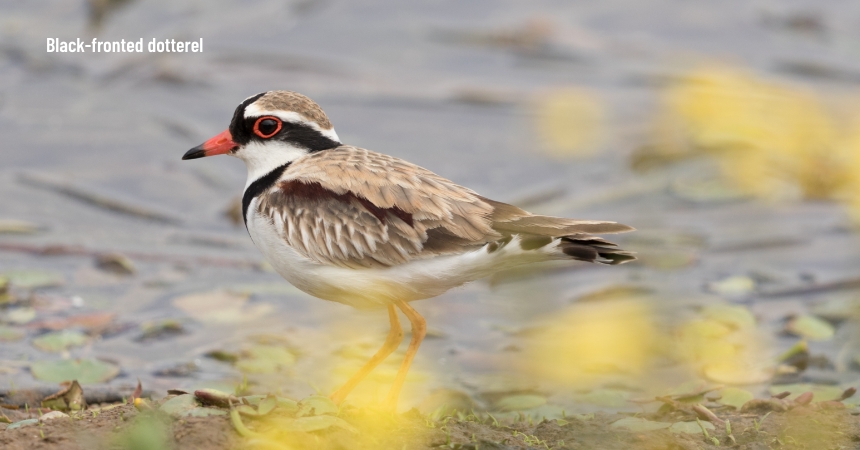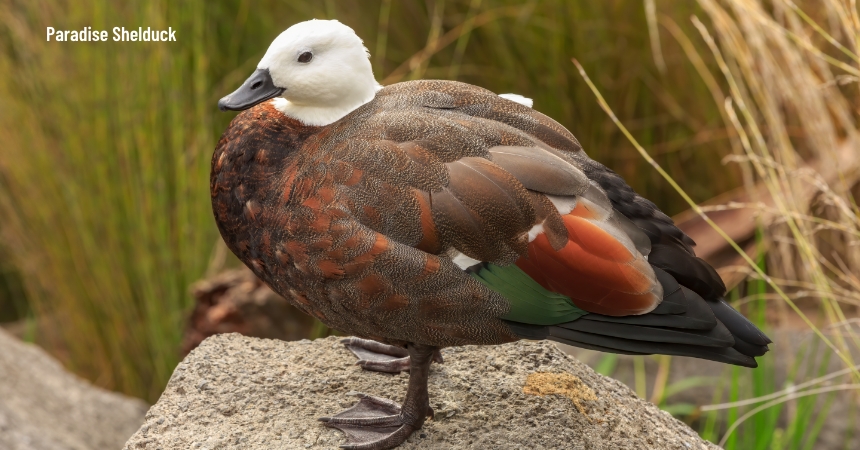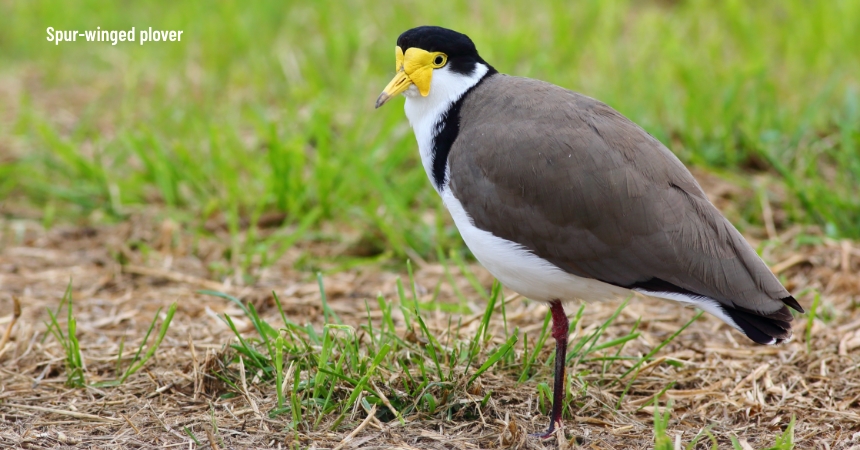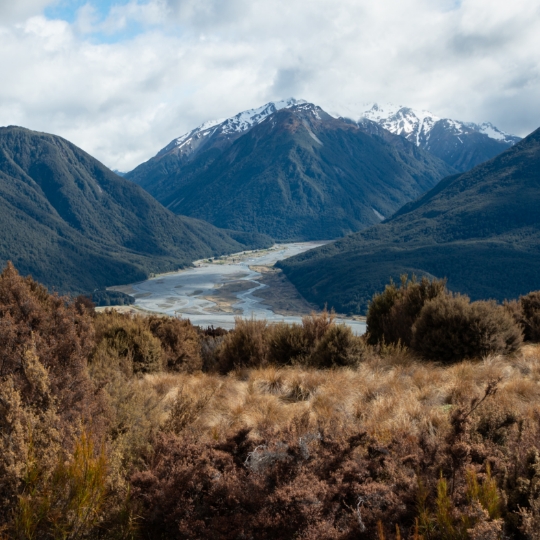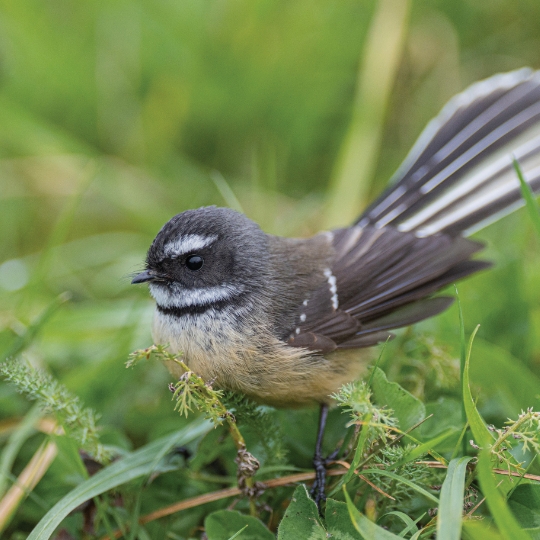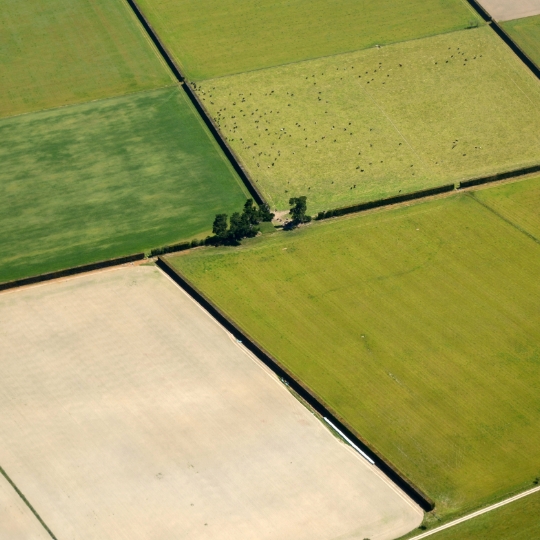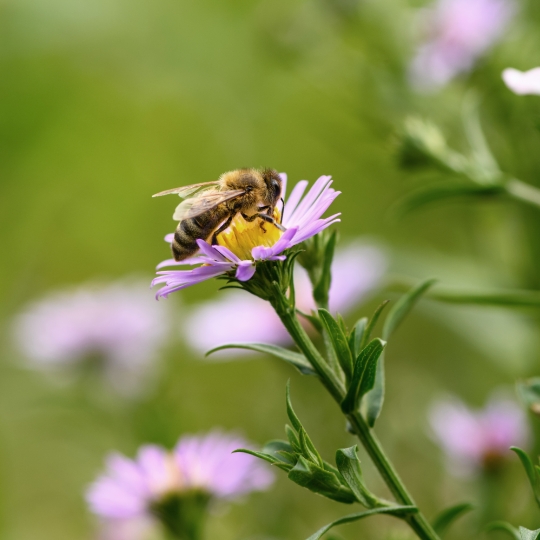

Supporting wildlife.
Bringing back the birdsong.
Central Plains Water Limited (CPWL) have engaged an Avifauna Ecologist to undertake bird surveys in CPWL’s Rakaia River and Waimakariri River intake areas. The bird surveys occur from September through to February each year, looking for breeding birds and nest sites to ensure birdsong is restored for today, tomorrow and the long term.
The species and location (including GPS coordinates), date and time of the sighting, number of individuals, habitat and breeding behaviour or stage are recorded for each sighting. Description and location of breeding birds are mapped, risks are identified and setbacks are established to ensure the birds are not disturbed.
Within the Scheme area, particularly around the operational zones of the Rakaia River and Waimakariri River intakes, CPWL seeks to protect: the South Island pied oystercatcher, black stilt, piped stilt, wrybill, branded dotterel, black-fronted dotterel, spur-winged plover, paradise shelduck, grey duck, NZ shoveler, grey teal, NZ scaup, black-billed gull, red-billed gull, Caspian tern, white fronted tern, black-fronted tern, white-winged black tern, Australasian bittern, marsh crake, spotless crake and cormorant/shag colonies.
Protection for mudfish wetlands.
Canterbury mudfish are the most threatened of New Zealand’s mudfish species. They have a conservation status of Threatened (Nationally Critical) under the NZ Threat Classification System. Canterbury mudfish are found in a limited number of waterways in the Canterbury Plains, between the Ashley River (in the north) and the Waitaki River (in the South). Through the EMF, CPWL is funding projects that provide permanent protection of wetland areas that may contain mudfish.
Photo courtesy of: Department of Conservation.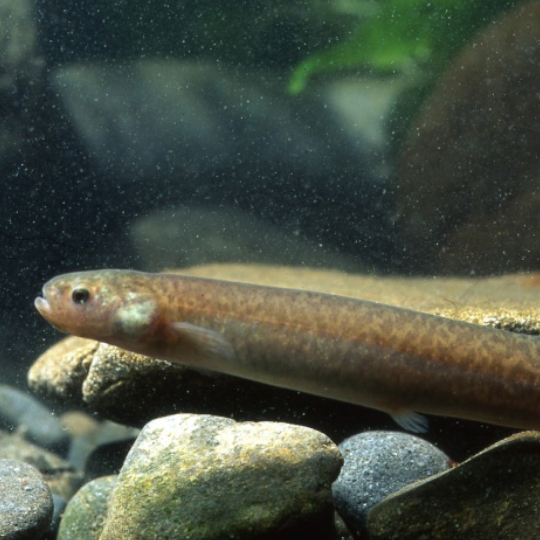
Restoring native lizard habitats.
The Canterbury Plains are home to a variety of native lizards including the Canterbury spotted skink, Canterbury gecko and the Canterbury grass skink. Through the planting of native species, development of wetland areas and restoration of streams, we’re helping to restore the natural habitats of these endemic reptiles and securing their future in the region.
